Introduction
Wouldn’t you say that customization is always better than stock hairpieces? The ability to take the strengths of different materials and strategically use them in different parts of the hair system increases, not only the life span but quality and naturality of any hair system.
As we described in the blog post “When Talking About the Life Span of a Good Toupee, Is a Longer Life Better?“ When talking about the life span of a toupee, long life span is only one of the many dimensions used to value custom hair systems for men. A balance point should be found between a long life span and other dimensions, such as naturality, softness, usability, etc.
Meeting the need for high-cost performance? How to customize a hair replacement system with a long life span? Today we will look into it and check out how to customize a non-surgical hair unit considering both the long life span and the other dimensions.
The Consists of Hair System
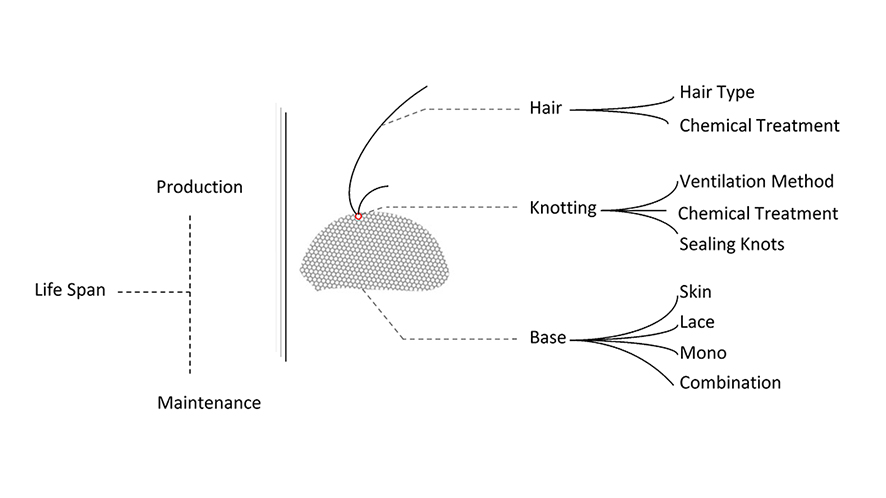
A hair system consists of Hair types, Knots Fastening, and Base. Let us check them out one by one.
1. Hair Types of Human Hair
According to what processes the hair goes through, hair types are divided into Non-Remy Hair, Remy Hair, and Virgin hair types and textures. According to which country the hair is from, the hair types are divided into Indian hair type, European hair, Chinese hair type, etc. For the details of hair type, please check out the blog post: Is European Hair the Best Hair Type for Hairpieces?
Non-Remy hair is the cheapest hair raw material used in cheap hair replacement systems, which is collected from the hair falling to the floor while combing. This collection method could not ensure all strands of hair are in the same direction, some of which are upside down. This means the cuticles may be in opposite directions, which could cause hair tangling seriously. To avoid this, heavy acid treatment would be applied to remove cuticles. But at the same time, this kind of chemical treatment could also cause damage to the hair.
Although the hair would be fed oil after acid treatment to repair the damage and to make the surface smooth, after using it for some time, the hair would still be easily tangled when the oil comes off and the damage appears again.
This is why some hairpieces/wigs in the market have a good appearance when you have a first look at them but are easy to get tangled after washing several times. As a result, for the Non-Remy hair, hair conditioner is suggested to be used when every washing. Coming back to the subject, if you want a custom hair system with a long life span, Non-Remy hair may not be a good choice. Remy hair and Virgin hair would be better because they went through less chemical treatment and were less damaged.
Another point that needs to be noted is that when the custom order asks for a light finished color, such as blonde, and small curl, such as 2.0cm, Indian hair, and European hair would not be the right raw material because the strands of both these two types of hair material are too thin to afford the heavy chemical treatment during bleaching, dyeing and perming.
The result would be that the hair is too fragile to get broken or is seriously damaged and easy to get tangled. In these cases, Chinese hair, although has a thicker strand, would be better to use because it’s strong enough to afford the heavy chemical treatment. The thinnest Chinese Virgin Hair would usually be picked up instead of Indian Hair or European Hair.
2. Knotting
By looking at the chart at the beginning of this post, the ventilation method, chemical treatment, and sealing of knots are all variables in the knotting process that could impact the lifespan of any custom made hair system.
Ventilation Method
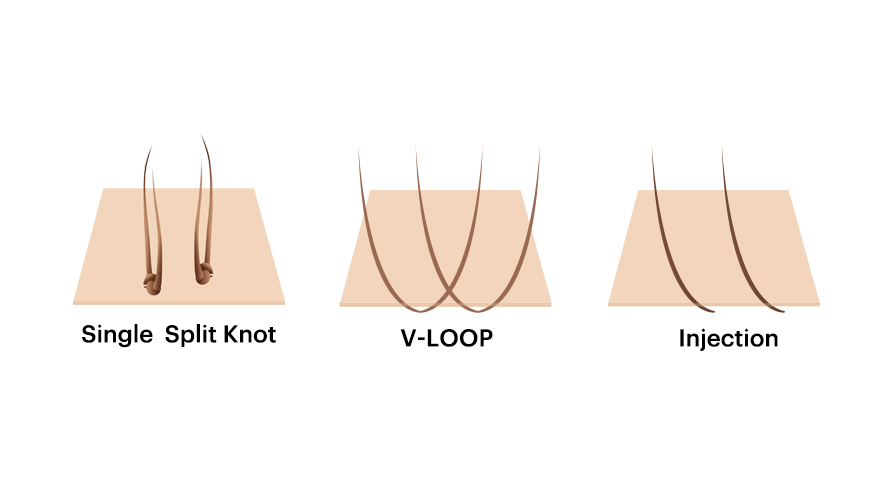
Different ventilation methods have different strengths and different naturality. There should be a perfect balance point found between them resulting in the best custom-made hair replacement system. We would like to skip this part for the following reasons:
1) The basic principle, is that for the front hairline, naturality is more important than durability. So, the default ventilation methods applied are the ones that could achieve a natural front hairline.
2) Which ventilation method should be applied? Often this depends on which base material is chosen. Besides the natural effect of the front hairline and the flat effect of the sides and back, for the other sections, we would usually use the strongest ventilation methods by default to avoid loose knots and to achieve a long life span. For example, single split knot for skin and double split knot for lace and mono hair replacement for men.
For more information about ventilation methods, check out our previous blog post:
Quality Hair System Use Quality Ventilation Methods.
Chemical Treatment
Bleaching knots is the main chemical treatment in the process of knotting. Some clients like the knots bleached to a very light color to make the knots invisible. However, this kind of chemical treatment could cause serious damage to the hair root, which will accordingly shorten the life span of the toupee.
So, bleaching knots are usually applied very mildly and are only used on the front hairline unless the clients pay more attention to nature rather than the life span. Or we can say if you want a custom hair system with a long life span, please try to avoid using bleaching knots as much as possible.
Anyway, if the end clients want a durable custom hair system still with the natural front hairline, we would suggest customized hairline wigs using single strand single knots instead of bleaching knots. Single strand single knots would make the knot too tiny to be detected. Although a single strand is also not very strong, at least, the hair is not damaged by the process of bleaching knots.
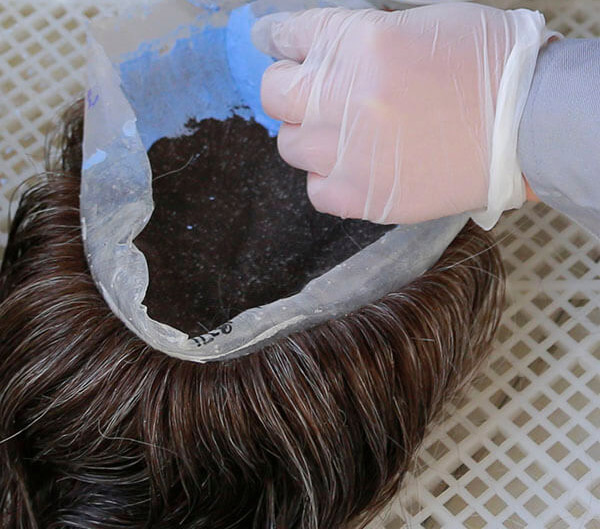
Sealing knots
After the hair is knotted to the base, this process would be applied to fasten the knots. This is an important process because it ensures that the knots do not become loose and reduces the chances of hair falling out. Liquid poly would be brushed or sprayed to the bottom side of the base. After drying, the solid poly would cover and fasten the knots to the base.
3. Base
The common structure of the base is as follows, including the front area, middle area (Top & Crown), and perimeter/sides and back. It is important as a stockholder of good toupees to understand the product in detail, having the answers at your fingertips is a vital sign of someone to buy from.
The data below is also listed to help you get an idea of how to combine different materials to achieve a strong base with a long service life.
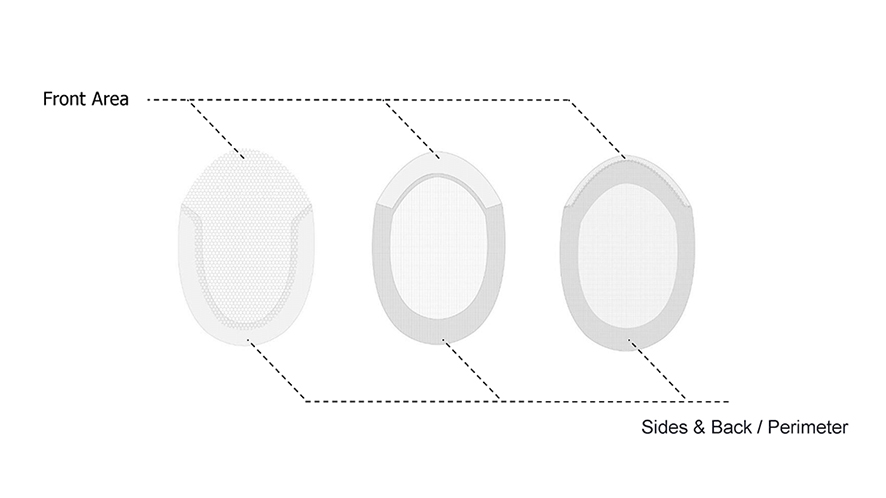
Front Area:
How long do lace front wigs last?
Double lace/ Lace folded > A single layer of lace
French Lace > Swiss Lace
0.10~0.12mm skin poly hair replacement > 0.08mm thin skin men’s hairpiece (3~4 months) > 0.06mm micro skin hair replacement (2~3 months)> 0.03mm ultra thin skin toupee (3~4 weeks)
Lace folded is strong but too thick, therefore, it does not look natural. To make it more natural, under hair would be applied to cover the thick edge when brushing the hair back.
If using a thin skin front on a combination base, the thickness could not be less than 0.06mm. Since the thin skin would be connected with the lace in the middle, and the holes in the lace is in a six angular pattern, which could be out of shape when being stretched, the thin skin would be easy to get broken if it is too thin.
Middle Area:
Mono (6-12 months) > French Lace (3 months) > Swiss Lace (1 month)
0.10~0.12mm skin > 0.08mm (3~4 months) > 0.06mm (2~3 months) > 0.03mm (3~4 weeks)
We want you to make a mental note that Mono bases need more patience! Especially, important to take good and careful care of it since the holes in the mono are very small. It is a common mistake that wearers use good expensive conditioners to ensure the toupee is cleaned properly with fewer chemicals, but the problem arises when the conditioner is not thoroughly washed out. This could cause microorganism boost, corrode the hair root, and shorten the service life.
Perimeter / Sides & Back:
PU coated > skin with gauze > thick clear PU > thin clear PU
PU coated: 4 layers (poly + gauze + lace/mono + poly)
Skin with gauze: 3 layers (poly + gauze + poly)
Conclusion
So, in conclusion, how to customize a good toupee with a long lifespan includes taking into consideration the Hair type and processes, Knotting methods, and fully strategic planning on the materials used and how they are used in different parts of the Base. We hope this blog post will help you get an idea of how to customize a hair replacement system with a long life span.
Anyway, the service life/life span would be able to be used to its full potential as long as the toupee is taken care of properly. Take our stock hair replacement systems, BH5P, for example, some wearers were able to make it last for up to a year. Other clients who did not take as good care of their toupee had to get a new one 2-3 months after purchase. In the coming week, we will talk about what needs to be done and where the attention should be focused on when maintaining a toupee to prolong the life span.











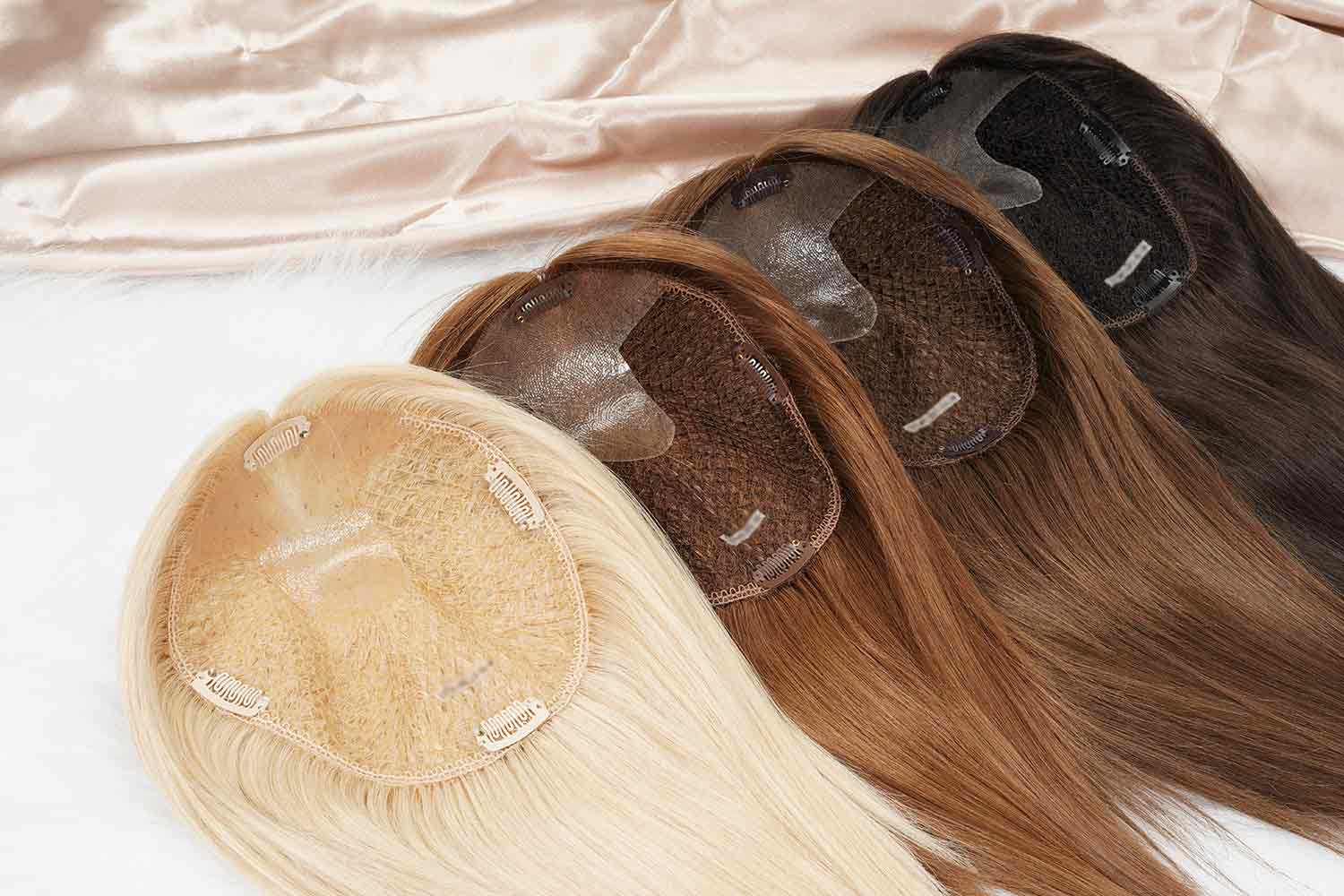
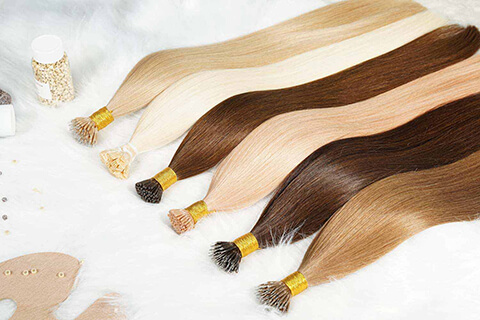

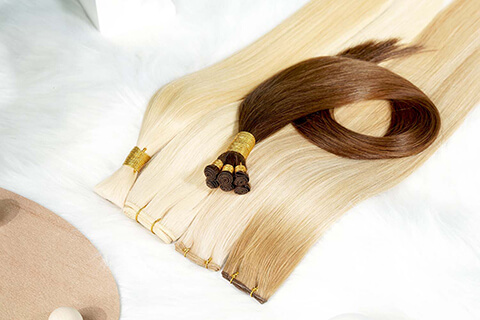
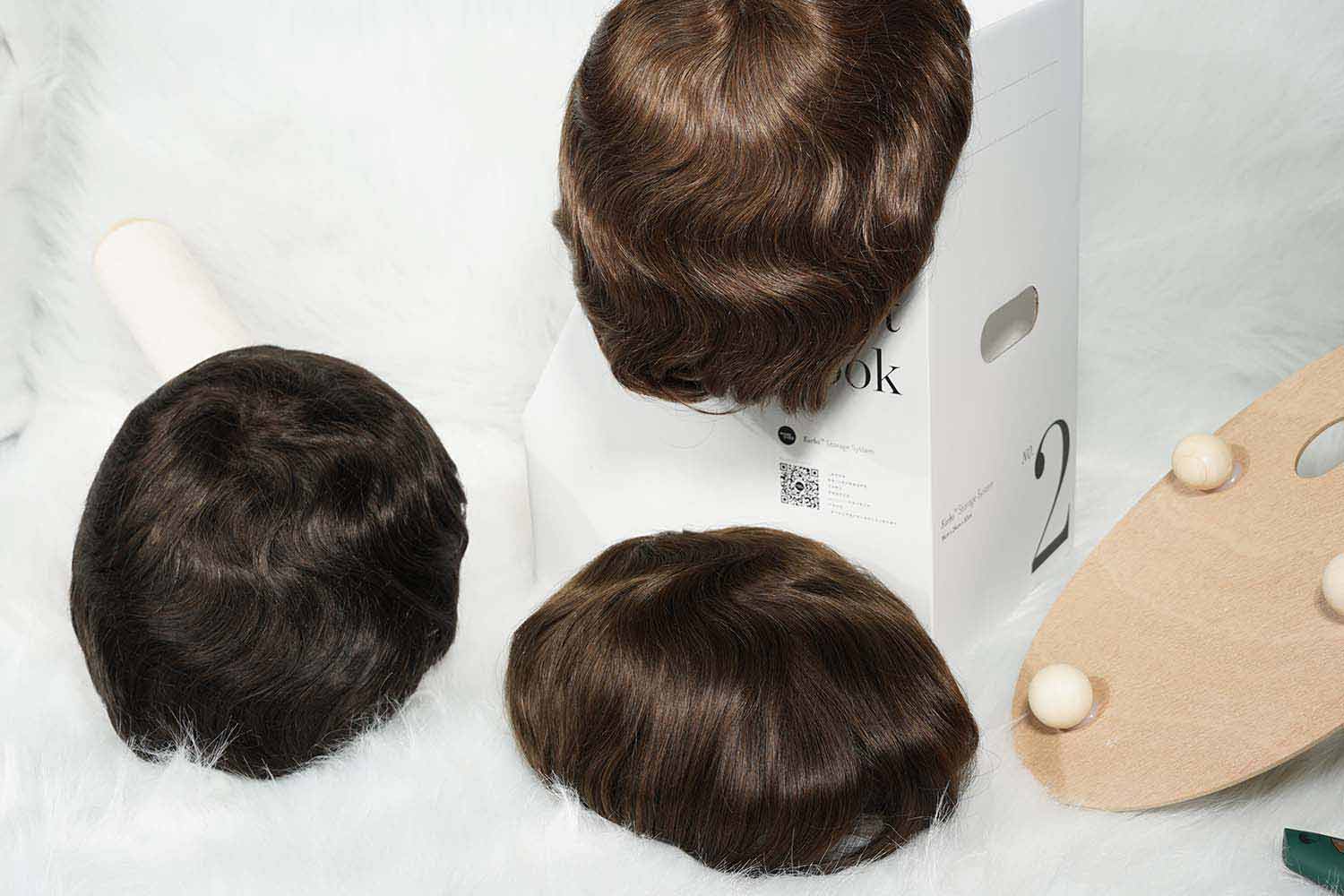
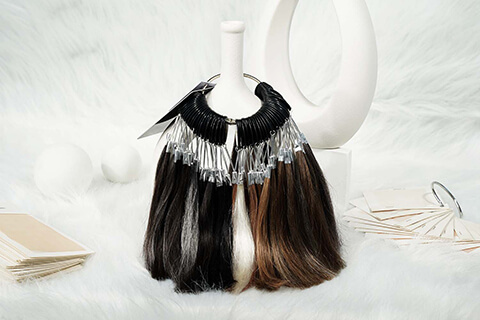
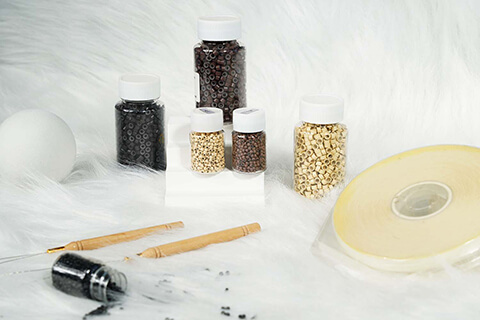

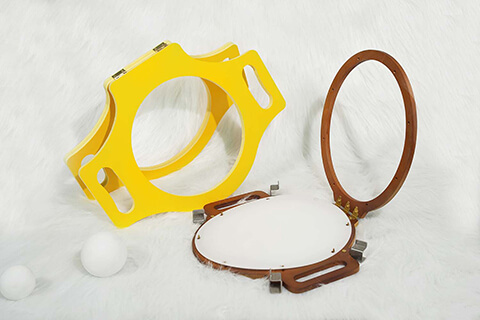

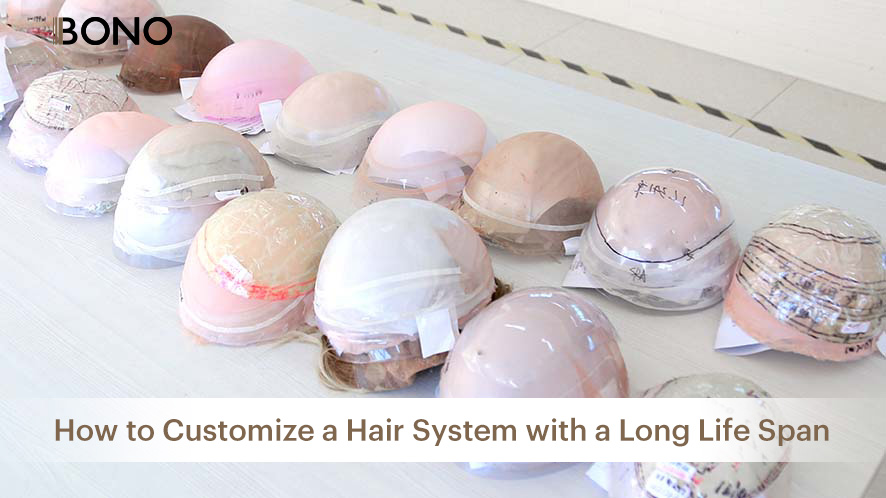
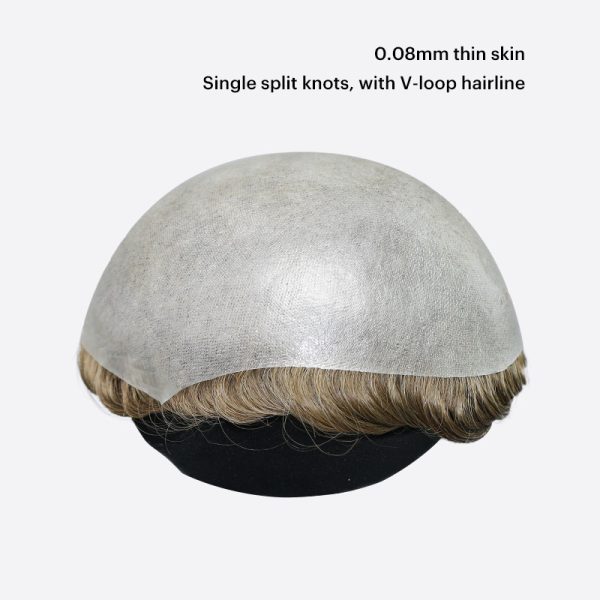
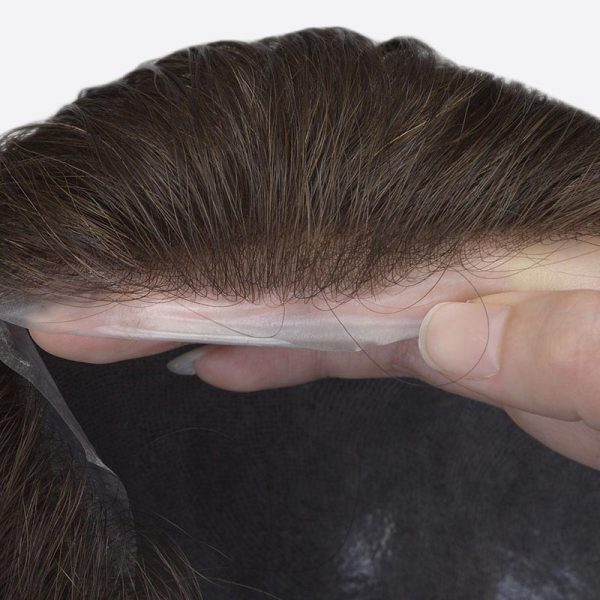
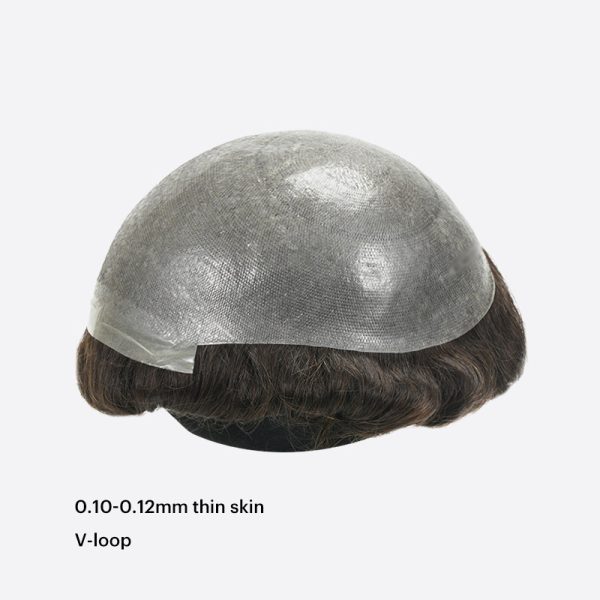


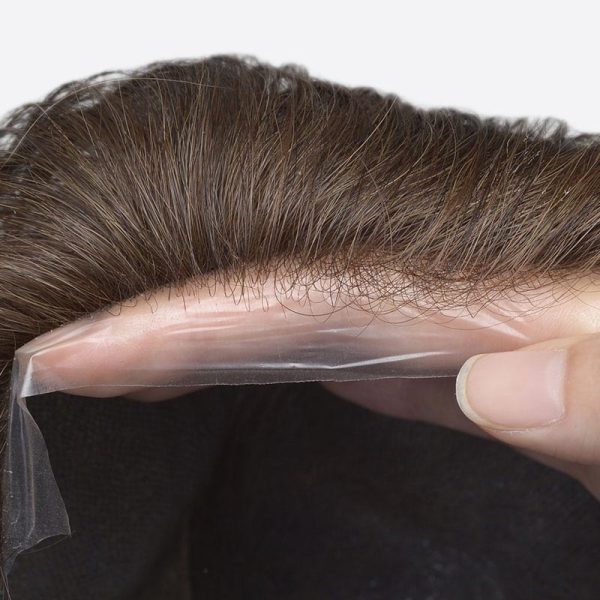
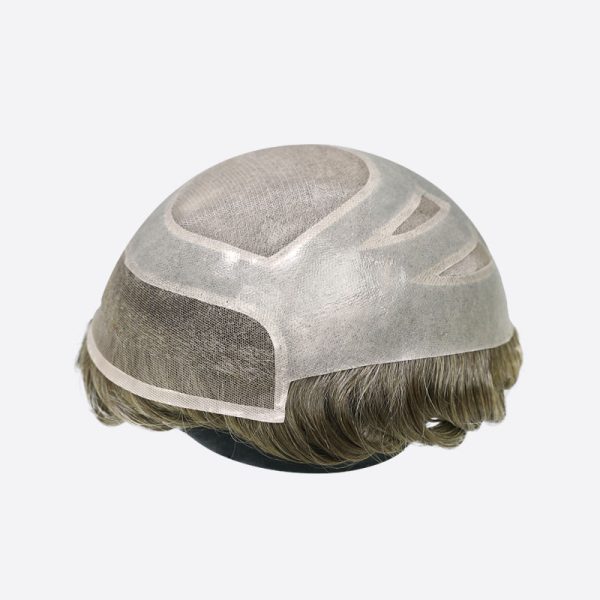


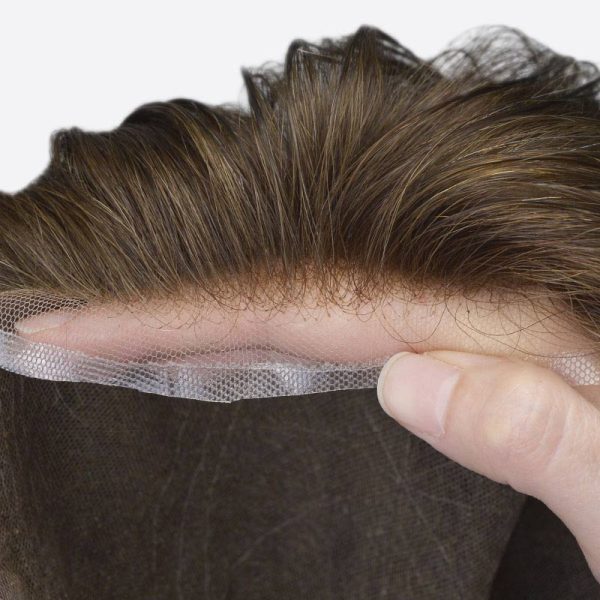
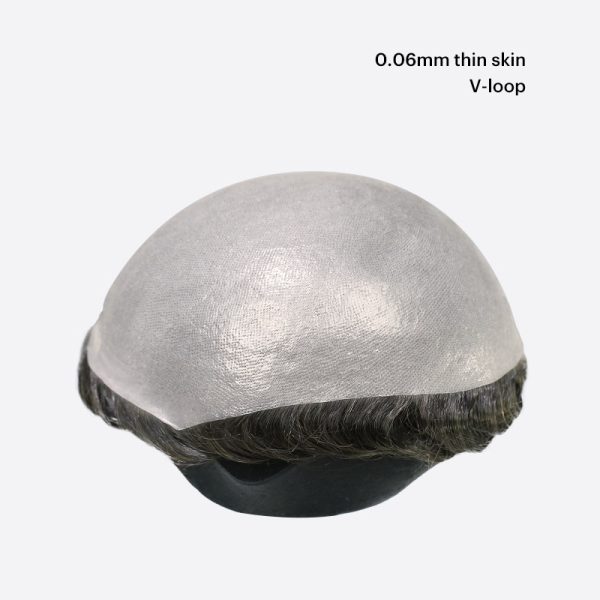






thanks, interesting read
thanks, interesting read